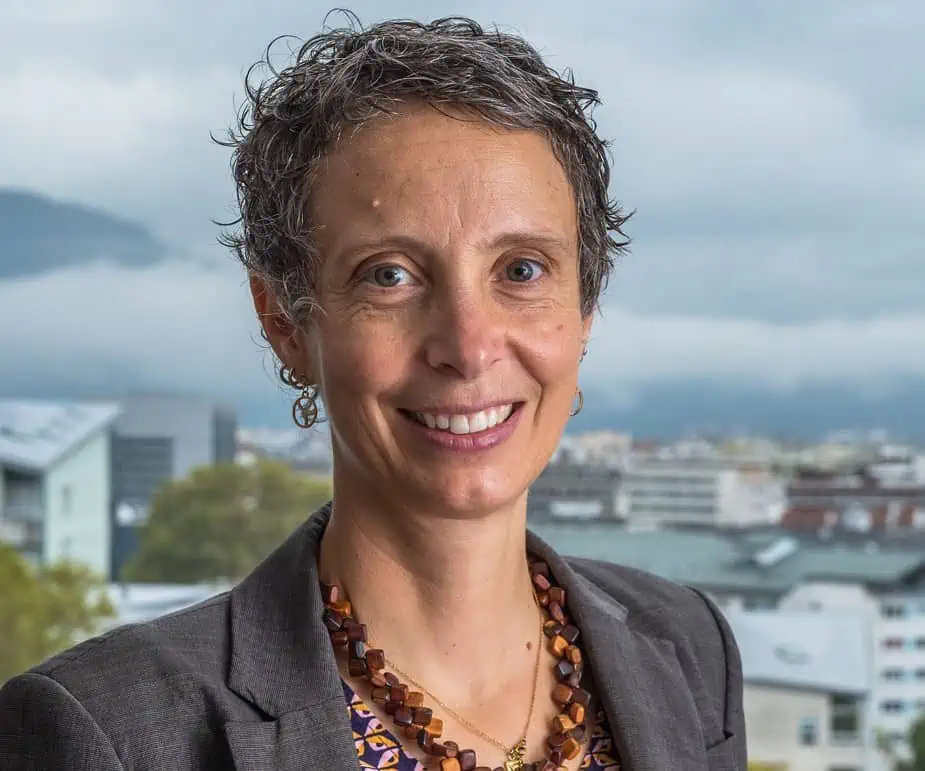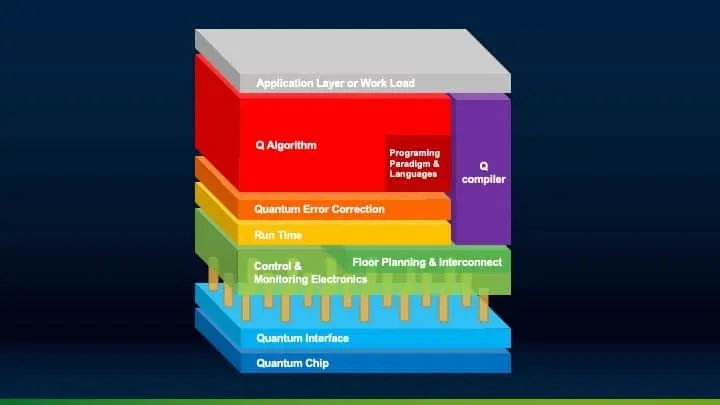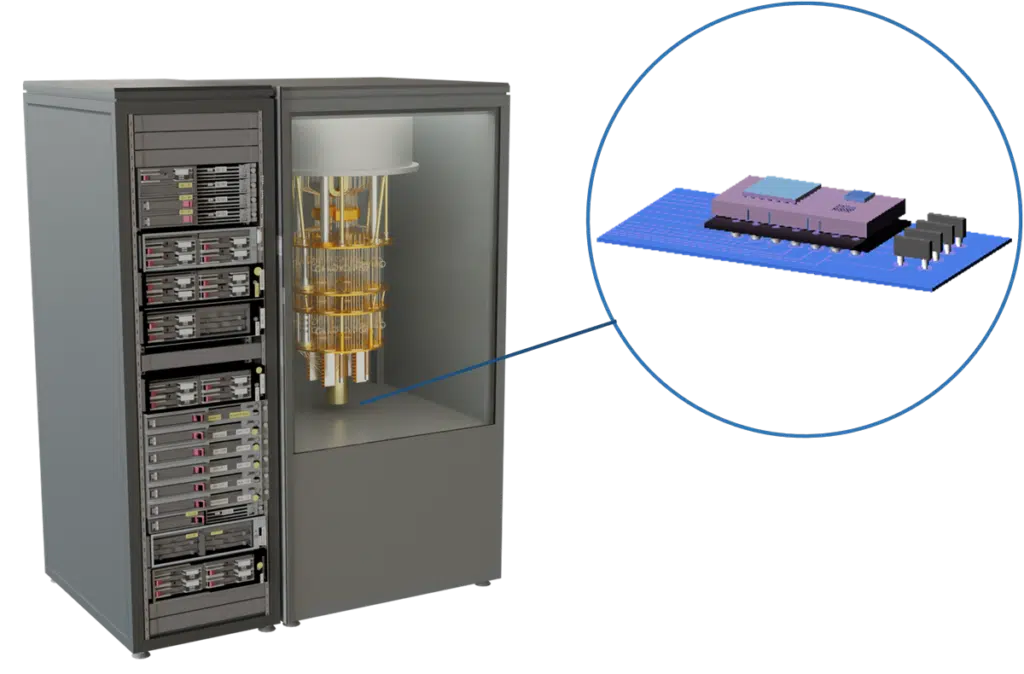
Maud Vinet, CEO of Siquance
By Adele Hars
What’s at stake:
Quantum computing is a hot field. All the major industry players worldwide are working on it, with hefty help from governments and investors. Expectations are running high. At stake is who will hold the key to the new technology that could touch everything from pharmaceuticals to cybersecurity, AI, finance, healthcare, logistics and more.
France is a hotbed of quantum startups. At the end of 2022, CEA-Leti, the giant French microelectronics lab in Grenoble, added to the pack by spinning off its quantum hardware division. To head up the new company, called Siquance, CEA-Leti named Maud Vinet as CEO and Co-Founder. No surprise, perhaps, as Vinet had spent the last five years heading up Leti’s quantum hardware division.
Vinet’s task is to lead Siquance towards defining the technology that will take them to high volume, which she expects will happen after 2026. That involves designing the chips and features, she says. “The idea is that we want to go fast,” she explains. As the goal is to have full involvement of European foundries, they are currently working with STMicroelectronics and GlobalFoundries, which will also be benchmarking the technologies.
Vinet first joined Leti in 2001, and proceeded to move from one plum assignment to the next.
You can’t say I had a vision … but you can say I’m very curious and now I have worked on many pieces of the puzzle and am thinking that some of them are fitting pretty well.
Maud Vinet
Asked how she did it, she confides, “I kind of had a double life.” It turns out that for 20-plus years after obtaining her PhD in quantum physics, Vinet continued to quietly retain relations with the quantum physics lab where she did her PhD – while continuing to work at CEA-Leti. The PhD lab was researching how the charge properties of electrons in transistors behave at low temperature – the key component in developing quantum hardware solutions.
As a freshly minted PhD in the early 2000’s, Vinet recalls, “I had a lot of semiconductor physics and so when they needed physicists in the semiconductor industry, I was like ok that’s for me.” She really wanted to work on a team, something academic research didn’t give her.
“You can’t say I had a vision,” she says, “but you can say I’m very curious and now I have worked on many pieces of the puzzle and am thinking that some of them are fitting pretty well.”
Vinet started out as a device engineer at CEA-Leti, working on alternatives to FinFETs, including Silicon on Insulator (SOI). She notes that a lot of simulation involves device understanding, which complemented her physics training. She also oversaw PhD students, including Perrine Batude, who had created a 3D sequential integration concept on Fully Depleted Silicon On Insulator (FD-SOI) that Leti dubbed Cool Cube.
In 2009, Vinet was chosen to lead the Leti FD-SOI team at IBM in Albany, alongside teams from IBM, GlobalFoundries, ST and Renesas. Returning to Grenoble a few years later, she was tapped to direct Leti’s advanced CMOS activities before leading the quantum hardware program from 2019.

QuCube is much more than a chip: it is a large-scale computer architecture, requiring a full stack of hardware and software.
(Image source: CEA-Leti)
Around the time of her return to Grenoble, researchers were looking for solutions to optimize computing. A large-scale quantum computer based on silicon soon became a promising option. Indeed, in order to build a silicon qubit, the spin of a single electron has to be manipulated and measured; the building of a quantum computer requires the trapping and control of millions of spins of electrons. Vinet and her Leti team saw that they had developed many technologies: Cool Cube, FD-SOI, advanced packaging, 5G, error correction … that combined could provide answers. QuCube, a large-scale quantum computer architecture, was born (and along the way Vinet was awarded the Knighthood of the Legion of Honor by French President Macron).
A bit about quantum
There are essentially four main ways to do quantum computing: superconducting (the IBM and Google choice), photonics, trapped ions and silicon spin qubits. Silicon spin qubits is how Leti and competitor Intel are approaching the challenge. It does require extreme cold in the Kelvin range, but not so near to absolute zero as superconducting, which is costly to reach.
In quantum computing, a “qubit” is analogous to the “bit” we all know in classical computing: it’s that basic unit. However, in classical computing, a bit is either a 1 or a 0. In quantum computing, a qubit can be both a 1 and a 0 at the same time. The trick is to catch an electron in its quantum state superposition, when it is oriented simultaneously toward the north and south magnetic poles. Some experts liken qubits to flipping a coin in the air: it might be heads, it might be tails, but you won’t know until it lands. The trick is to infer its state mid-air. While the electron is in its superposition (“mid-air”) state, the quantum computing capacity is increased exponentially. When it falls back to a known position, it’s no better than a conventional bit.
Quantum information is very fragile, and so requires quantum error detection to compete with current super computers. As a consequence, there is an overhead to designing perfect quantum bits, immune to quantum noise or decoherence: about a thousand physical qubits are needed to make a logical perfect qubit.

The Siquance quantum hardware solution. (source: Siquance)
The stack of computers on the left in the image above are for monitoring and controlling the chip. The golden chandelier on the right is called a dilution refrigerator. The gold rods contain cooling fluids that reflect away heat level by level, getting colder and colder from top to bottom, until the temperature at the very bottom is in the Kelvin range. That spot at the bottom is where the actual chip – called a “payload” – sits. It is critical that the chip stays extremely cold, as that preserves the quantum information.
Leti, in partnership with other major French research organizations, including the CNRS, UGA, and INRIA, morphed the CoolCube into the QuCube to build a quantum processor. QuCube is a chip that consists of stacks of planes containing 2D arrays of spin qubits, which consist of electrostatically defined silicon quantum “dots” (artificial atoms that are subject to quantum mechanical laws). To enable millions of qubits, arrays are preferable as they enable standard control addressing techniques. Using 3D stacks of planes eases the ability to load and read out the state of millions of qubits. And because this is all done in FD-SOI, there’s a backgate to move charges – read “qubits” – away from the interfaces (thereby maintaining their quantum properties). Looking at FD-SOI from a control electronics perspective, the threshold voltage (Vt) can be automatically recentered to design low power circuits that are still functional even when they’re approaching absolute zero – a unique property of FD-SOI.
Siquance
Vinet is no longer straddling multiple worlds: she’s left CEA-Leti and her covert physics lab work, completely devoting herself to Siquance. Of course the CEA-Leti et al group is still intimately involved in the R&D.
Siquance doesn’t need the most advanced chips like those produced in Taiwan. Rather than adding more transistors Siquance et al is shrewdly bridging the gap between transistors and qubits.
Siquance doesn’t need the most advanced chips like those produced in Taiwan. Rather than adding more transistors Siquance et al is shrewdly bridging the gap between transistors and qubits. Next, they will design quantum integrated circuits.
Currently, Siquance has designed a cheap route to 1000 qubits. “The qubits are on the chip,” says Vinet. “The challenge is to make them all work together.” On each chip, they’ll have millions of qubits. “In a few years, the silicon technology will take the lead when it comes to the big numbers.”
The semiconductor industry is typically slow to get going, she says, but once on the move, it’s very fast, high quality, and very high volume. “We know that we can fabricate millions of transistors and as a consequence, have the potential for millions of qubits,” she asserts. “And the semiconductor industry also knows how to design integrated circuits implementing complex algorithms and thus has the potential to implement quantum algorithms in arrays of qubits.”
By the end of the year, Siquance expects to have 20 employees (up from a current 10), and to have signed €12 million in funding.
The bottom line:
The next few years will be defining ones for the entire quantum industry. Siquance is backed by some of the biggest European R&D resources and industrial partners. Whether the company succeeds could depend on how much funding it can procure, which in Europe is always a challenge. But with Maud Vinet at the helm, Siquance is surely in an excellent position to succeed.
Adele Hars, an American who has lived in France for the better part of 30 years, is an experienced technology journalist who recently finished a 15-year run as editor-in-chief at SOI News. She is currently a contributing editor for The Ojo-Yoshida Report.
Copyright permission/reprint service of a full TechSplicit story is available for promotional use on your website, marketing materials and social media promotions. Please send us an email at [email protected] for details.
